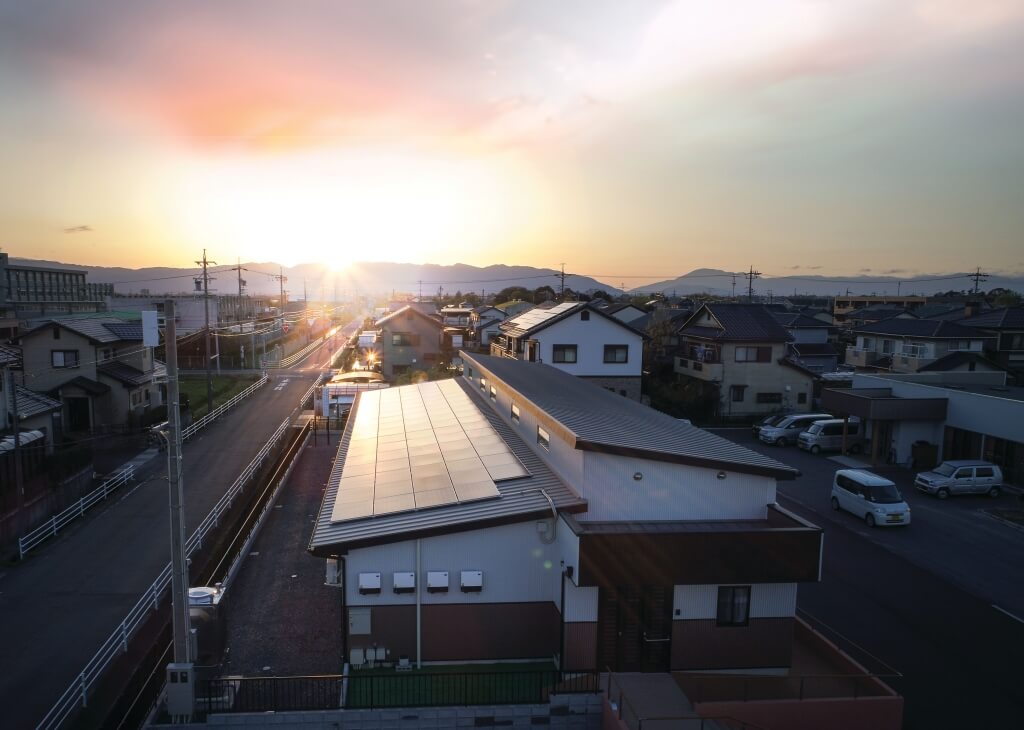Debunking 4 Myths About Solar

There are many ‘tall tales’ about solar energy and panels of late, so let’s set the record straight.
Solar power plays an integral role as we shift from fossil fuels to cleaner energy resources, but misconceptions are derailing progress.
From installation cost, the effectiveness of solar in reducing energy consumption/bills, maintenance, that they don’t work in extreme temperatures (too hot, cloudy etc.), the fallacies are real.
Myth 1: Solar panels are expensive, and ROI is minimal
The purchase of solar panels is a two-way street between the provider/client, so both parties unite to assess the monetary goals of this investment.
Qualified installers can create a custom-designed solar proposal for your home, including an estimate of future savings.
Residential Solar Calculators also allow the homeowner or provider to track savings throughout the solar journey, so check your local installer’s website for help.
Maxeon SunPower AC modules are cut from a different cloth as they can increase your solar system's energy yield to ensure you're not overpaying for Watts.
See real-time savings results and what contributes to that here.
Myth 2: Solar panels don’t perform in erratic weather
Whether it’s too hot, too cold, cloudy, windy or the solar panels are obstructed by neighbouring properties or trees; solar always finds a way to combat temperamental Australian weather.
When these conditions change, your savings from solar power can vary greatly; however, new tech tackles these issues and captures non-optimal hours of the day.
For instance, Maxeon AC solar panels are more receptive to blue light, typical during cloud cover, and red light, which occurs early or late in the day. This means that the innovative cell design and anti-reflective glass on the panel’s surface work in unison to allow a broader spectrum of light through.
Advanced microinverter technology from Enphase also maximise your roof’s potential, so if some panels are shaded/obstructed, the rest still run at 100%.

Myth 3: Solar effectiveness only lasts a few years
Some do, but leaders in the industry like SunPower guarantee a 40-year warranty. Ensure you shop around for the provider who suits your set-up best.
Do so, and you will find accredited solar operators with decades of warranty, plus the backing of key industry players.
Homeowners can receive 98% of the minimum peak power for the first year of the warranty term, reduced by between 0.25%-0.45% (dependent on modules) at the beginning of each subsequent year. The kicker? Peak power will sit at an extraordinary level of 92% for the 25th year/end of warranty.
You can also conduct semi-regular tasks such as leaf-blowing, hose downs, and have service check-ups on the product/effectiveness by your solar provider.
Myth 4: Solar doesn’t work in winter
While solar doesn’t operate to the same level as sunnier months, there is no pattern of usage indicating that 0 kilowatt-hours are a constant.
As far as Adelaide to Darwin, all Australian capitals experience a range of productive days over the June-August winter stretch.
There are ways/data to back this up by ensuring thermally-efficient homes, mounting more solar, or having installers tilt the existing panels to maximise winter output.
